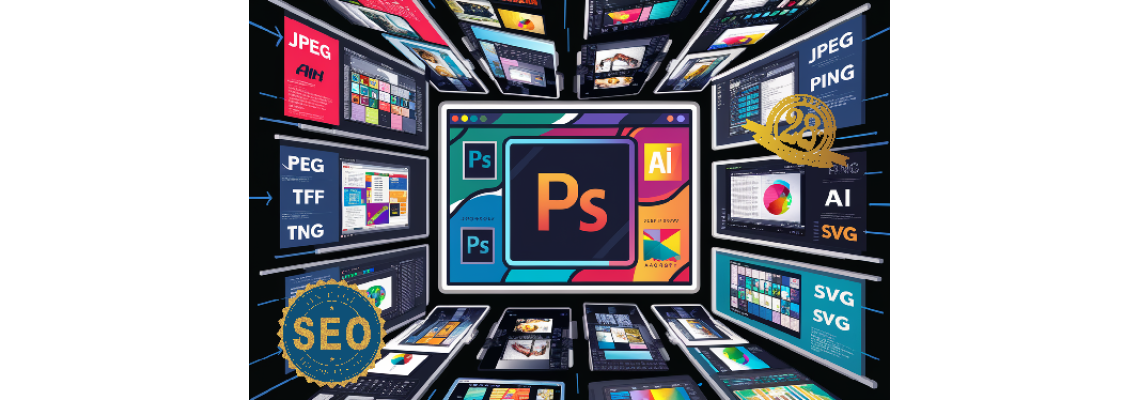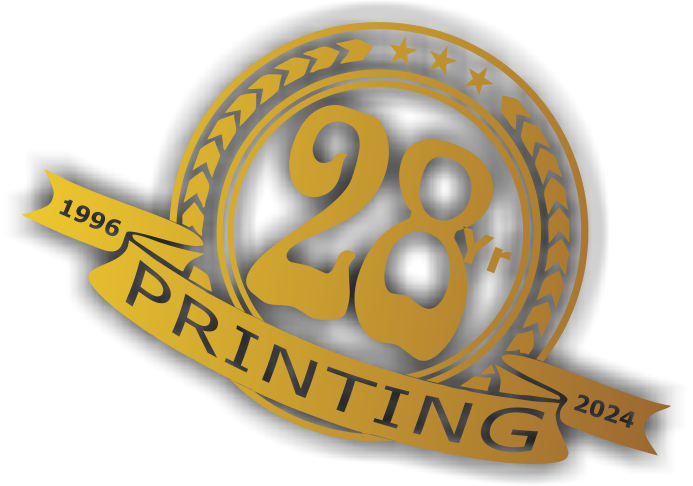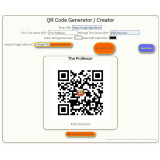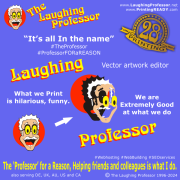
When choosing graphics editing programs for custom printing gifts, particularly for sublimation and Direct to Film (DTF) printing, several options stand out. Here's a look at some of the best programs, their pros and cons, and the ideal file formats for these printing methods.
Best Graphics Editing Programs
Adobe Photoshop
- Pros:
- Industry standard with robust features.
- Excellent for raster image editing.
- Extensive range of tools and filters.
- Strong support and a vast library of tutorials.
- Cons:
- Expensive subscription model.
- Can be overwhelming for beginners.
- Best Formats:
- PNG, TIFF, PSD
- Pros:
Adobe Illustrator
- Pros:
- Ideal for vector graphics, which can be scaled without losing quality.
- Excellent precision and control over designs.
- Integrates well with other Adobe products.
- Cons:
- Expensive subscription model.
- Steep learning curve for new users.
- Best Formats:
- AI, EPS, SVG
- Pros:
CorelDRAW
- Pros:
- Strong vector graphic design capabilities.
- User-friendly interface with a shorter learning curve.
- One-time purchase option available.
- Cons:
- Less integration with other popular design tools.
- Somewhat limited features compared to Adobe Suite.
- Best Formats:
- CDR, PDF, EPS
- Pros:
Affinity Designer
- Pros:
- Cost-effective, one-time purchase.
- Powerful vector and raster tools.
- Easy to switch between raster and vector modes.
- Cons:
- Smaller community and fewer resources than Adobe products.
- Limited third-party plugin support.
- Best Formats:
- AFDESIGN, SVG, PNG
- Pros:
GIMP (GNU Image Manipulation Program)
- Pros:
- Free and open-source.
- Good for basic to intermediate raster image editing.
- Customizable with plugins and scripts.
- Cons:
- Less polished interface compared to commercial options.
- Limited vector graphic capabilities.
- Best Formats:
- XCF, PNG, TIFF
- Pros:
Inkscape
- Pros:
- Free and open-source.
- Excellent for vector graphics.
- Wide range of features for a free program.
- Cons:
- Can be slow with very complex designs.
- Less intuitive interface compared to commercial options.
- Best Formats:
- SVG, EPS, PDF
- Pros:
Best Formats for Sublimation and DTF Printing
Sublimation Printing
- Preferred Formats: PNG, JPEG, TIFF
- PNG: Great for images with transparency. Lossless compression ensures high-quality prints.
- JPEG: Suitable for photographs and complex images, but use high resolution to avoid compression artifacts.
- TIFF: Ideal for high-quality prints with lossless compression, but larger file sizes.
Direct to Film (DTF) Printing
- Preferred Formats: PNG, PSD, PDF
- PNG: Maintains transparency and high-quality images, suitable for detailed designs.
- PSD: Allows for layered designs, making it easier to edit and adjust individual elements.
- PDF: Good for vector and raster graphics, ensuring the design maintains its quality when scaled.
Summary
Choosing the right graphics editing program and file format can significantly impact the quality and ease of creating custom printing gifts. Adobe Photoshop and Illustrator are top choices for their extensive features and professional results, while programs like Affinity Designer and CorelDRAW offer cost-effective alternatives. For file formats, PNG, TIFF, and PSD are generally the best for maintaining high quality in sublimation and DTF printing.

 29 years of #TheProfessor
29 years of #TheProfessor

 12% rewards for affiliate members
12% rewards for affiliate members

Leave a Comment